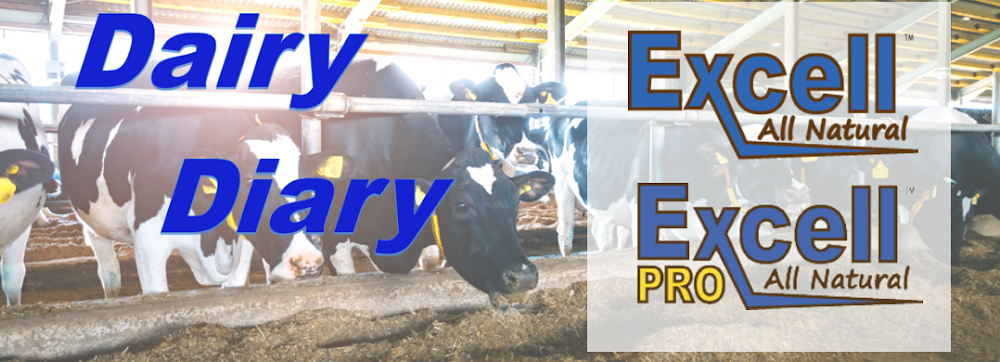OVERVIEW:
Class III milk futures took a hit today as spot cheese prices declined. Futures did not lose what was gained recently, but this action may indicate that an upside price threshold may have been reached.
MILK:
Class III futures were slightly lower for the week, but held mostly in a sideways trading range. The underlying cash did not provide much direction for futures. This may be expected through the end of the year. Hopefully, underlying cash prices have established their lows, allowing prices to hold or increase over time. Class IV futures continued their weakness with the November contract closing below $14.00. The November Class IV price will be $3.50 below the November Class III price if the current prices come to fruition. Milk production continues to increase seasonally, but the volume does not overwhelm the market, as demand for milk has increased from both bottling and manufacturing. The September Agricultural Prices report was scheduled to be released today, but wasn't due to the government shutdown. Based on milk and grain prices for September, there would not have been any Dairy Margin Coverage payment.
AVERAGE CLASS III PRICES:
| 3 Month: | $17.18 |
| 6 Month: | $16.91 |
| 9 Month: | $16.92 |
| 12 Month: | $17.07 |
CHEESE:
For the week, blocks declined by a penny with 21 loads traded. The weekly average price was $1.8080. Barrels gained 3.50 cents with one load traded. The weekly average price was $1.8120. Dry whey increased 2.00 cents with one load traded. The weekly average price was 70.00 cents. Buying interest for cheese waned into the end of the week, while dry whey showed greater potential.
BUTTER:
For the week, butter gained 0.75 cent with 22 loads traded. The weekly average price was $1.58. Grade A nonfat dry milk declined 2.75 cents with seven loads traded. The weekly average price was $1.1575. The movement of the underlying cash during the week left little reason for butter futures to show much upward momentum. The longer-term outlook is not very positive through the end of the year.
OUTSIDE MARKETS SUMMARY:
December corn closed up 1.25 cents per bushel at $4.3150, January soybeans closed up 7.50 cents at $11.1525 and December soybean meal closed up $6.00 per ton at $321.60. December Chicago wheat closed up 9.75 cents at $5.3400. December live cattle closed down $1.43 at $229.68. December crude oil is up $0.41 per barrel at $60.98. The Dow Jones Industrial Average is up 41 points at 47,563, with the NASDAQ up 144 points at 23,725.










